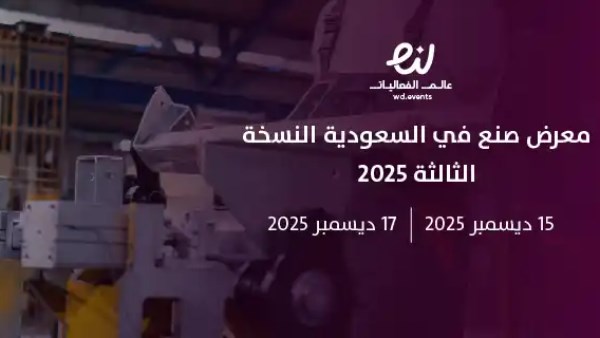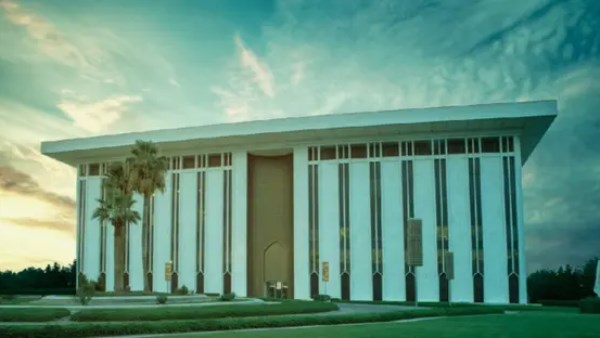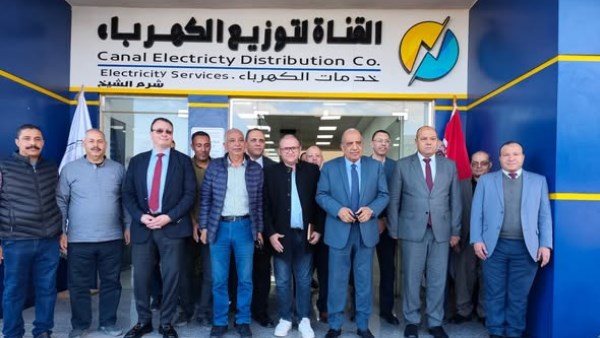
Our Eye is on urban expansion

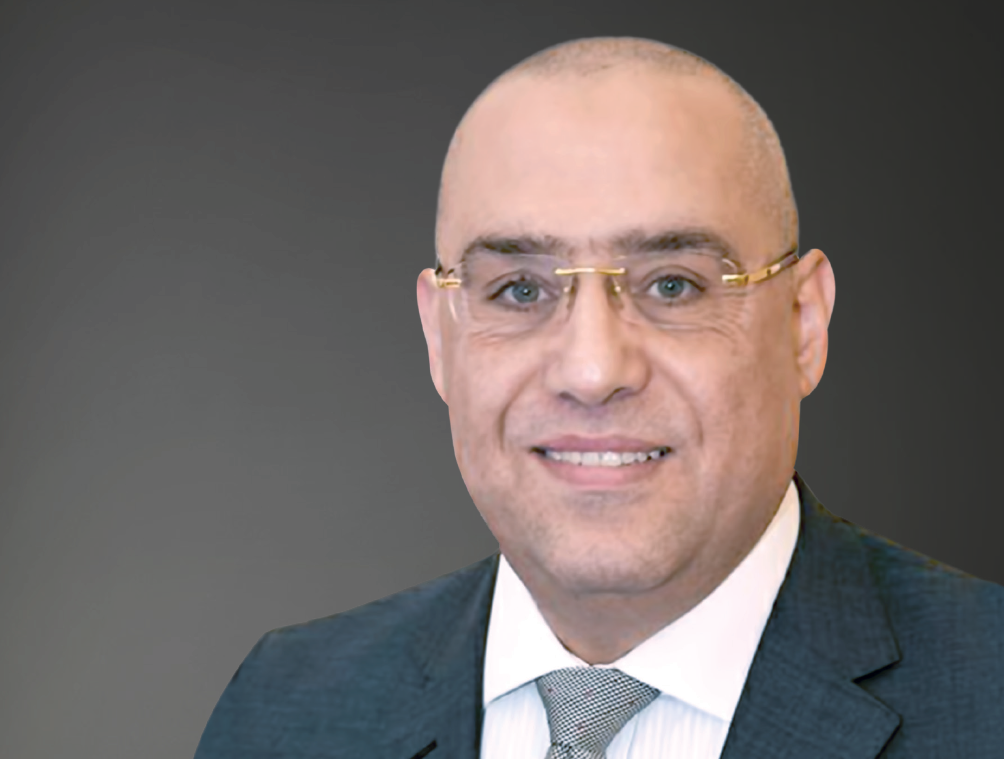
Integrated communities
Since mid-2014, Egypt’s Ministry of Housing, Utilities, and Urban Communities has been working on a multiple-pronged scheme to increase the urban area from seven to 14 percent to accommodate the present and future population, create new investment opportunities, and generate millions of jobs.
Towards this goal, several urban communities were created, not to become residential areas only, but to turn into integrated communities according to the latest technological standards that encompass all economic activities and achieve sustainable development.
A surge in the budget
Dr. Assem Al-Gazzar, the minister of housing, utilities, and urban communities, said the budget allocation for the New Urban Communities Authority, affiliated to the Ministry of Housing, has surged since 2014 to reach EGP 600 billion in 2021.
He added that the total expenditures on various projects implemented by the authority in new cities rose from EGP 46.5 billion in fiscal year 2014/2015 to EGP 145 billion in 2020/2021, in addition to the Ministry of Housing’s budget set at EGP 85 billion.
800 million units needed
Al-Gazzar stated that Egypt’s population increases by 2-2.5 million on an annual basis, which is why 800 million residential units are needed yearly besides the unplanned areas.
“Until 2014, the population used to live on seven percent of Egypt’s area. A plan was drawn up to increase the urban area to 14 percent by 2052, but we have urbanized 13.7 percent of Egypt’s area in seven years instead of 38 years, which reflects the huge progress Egypt is undergoing,” he pointed out.
The minister explained that Egypt adopted the idea of establishing new cities in 1978 and launched seven cities, which comprised the first generation. It built eight second generation cities in 1990. The third generation, comprising eight cities, were built between 2000 and 2014, and the fourth generation is made up of 27 urban communities.

Housing Ministry contributes EGP 400 billion
He pointed out that from 2014 till present, eight new cities have been added, bringing the total to 10 cities in the east, and six in the west. Al-Gazzar noted that the total investments made by the Ministry of Housing in the new cities around Cairo from 2014 to 2021 has reached EGP 400 billion, in addition to the projects implemented by the Armed Forces’ Engineering Authority.
The minister added that the budget of the New Urban Communities Authority rose from EGP 20 billion in 2014 to EGP 144 billion in 2021.
New cities, Al-Gazzar said, take different forms. The first generation cities are independent with a diversified economic base agriculturally, industrially and logistically.
There are seven first generation cities: 10 Ramadan, 6 October, Sadat, 15 May, New Borg Al-Arab, New Salhia, and New Damietta). These are spread over 344000 feddans.

The second generation cities, such as New Cairo, Badr, Shorouk, Obour, and Sheikh Zayed, are affiliated cities with an area of 112000 feddans. They are urban suburbs on the outskirts of big cities built to accommodate the population increase and to which economic foundations were added due to their growth.
These cities crystallized the concept of urban infrastructure.
The services, administrative and commercial centers, activities, universities, and hospitals are considered an infrastructure for urbanization, as housing is no longer a goal in itself in new societies.
Al-Gazzar noted that the third generation cities, such as New Assiut, New Tiba, New Sohag, New Luxor, New Qena, New Fayoum, and New Akhmim are built over an area of 107000 feddans.
They are affiliated cities with a single economic base and are meant to provide services and improve the quality of life in the metropolis.
The housing minister said that since the new communities were launched in 1978 the average population in each new city has averaged 8.5 million.

4G cities enhance demographic distribution
He said fourth generation cities have contributed to improving the demographic distribution of the population in seven years and to achieving demographic balance for the population in Greater Cairo.
Accommodation in East Cairo cities increased from 3.1 to 5.8 million people, with a growth rate of 190 percent, and the accommodation of Western Cairo cities rose from 1.3 to 2.5 million people, with a growth rate of 192 percent, as opposed to an increase in the main population of Cairo by 107 percent.
Partnership with the private sector
Partnership with the private sector is one of the mechanisms that the state has adopted in many fields, including housing. This mechanism, launched in 2015, sees the New Urban Communities Authority participating in a project with the land and the developer in the construction and marketing process.
The authority receives a portion of the project’s revenues and an in-kind share of the units, which is equivalent to the price of the land. The mechanism contributes to accelerating the rate of development while ensuring that the state, represented by the authority, achieves sustainable resources.
18 projects with developing partners
The housing minister said there are 18 projects that are being implemented through partnership between the New Urban Communities Authority and real estate developers over 24000 feddans in 10 years with a total investment of EGP 1 trillion. The projects are generating 1.2 million job opportunities.
Slashing the cost by half
Al-Gazzar explained that in social housing units, the citizen pays no more than 40 or 50 per cent of the real cost of the unit, adding that there are 22 banks and eight institutions are providing real estate financing for low-cost housing to the tune of EGP 38 billion.
He pointed out that Egypt’s achievements in this field throughout the past seven years is 10-fold its achievements in the past 40 years, at a rate of 225000 housing units per year.
The minister noted that the state has built 1.5 million housing units since 2014, with social housing and units replacing slums accounting for 77 per cent of the total.
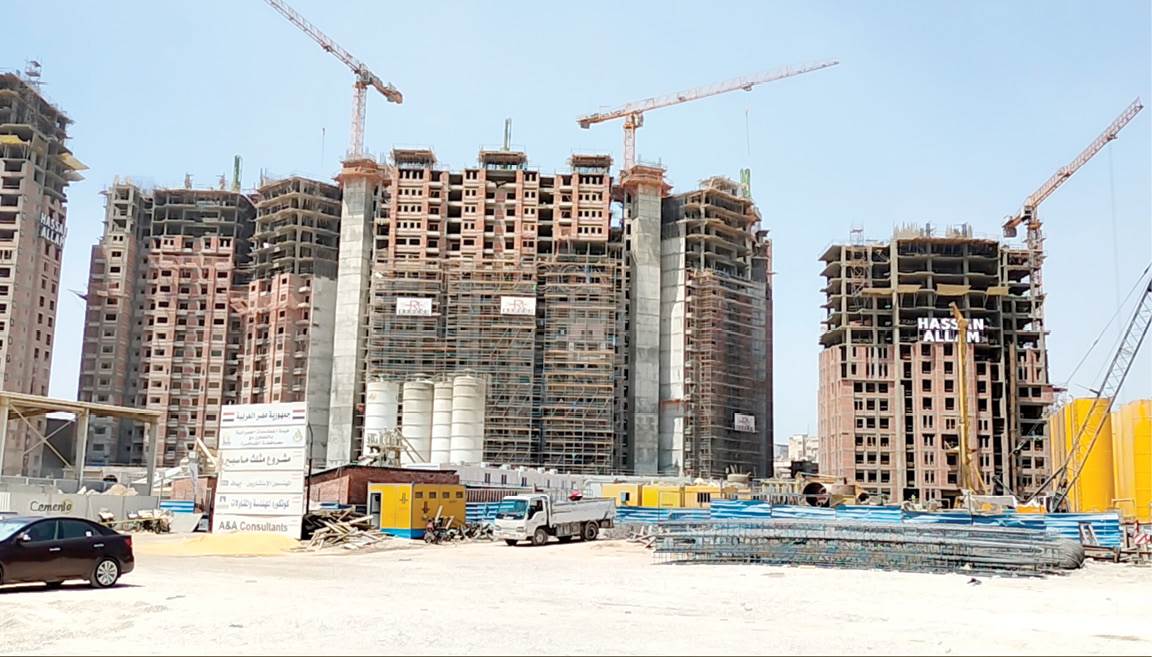
Novel mechanisms
The mechanisms for offering land to the Ministry of Housing have changed and become more diversified since 2014 to meet the various needs of investors.
Offers are no longer conducted through closed bids, but are replaced by partnerships, usufructs, and immediate allocation.
According to the latter mechanism, lands are offered for a fixed price every month on the website of the New Urban Communities Authority. Investors choose the suitable land and apply electronically.
The authority studies the financial and technical conditions of the real estate developers and allocates the land to them if they meet the stated criteria.

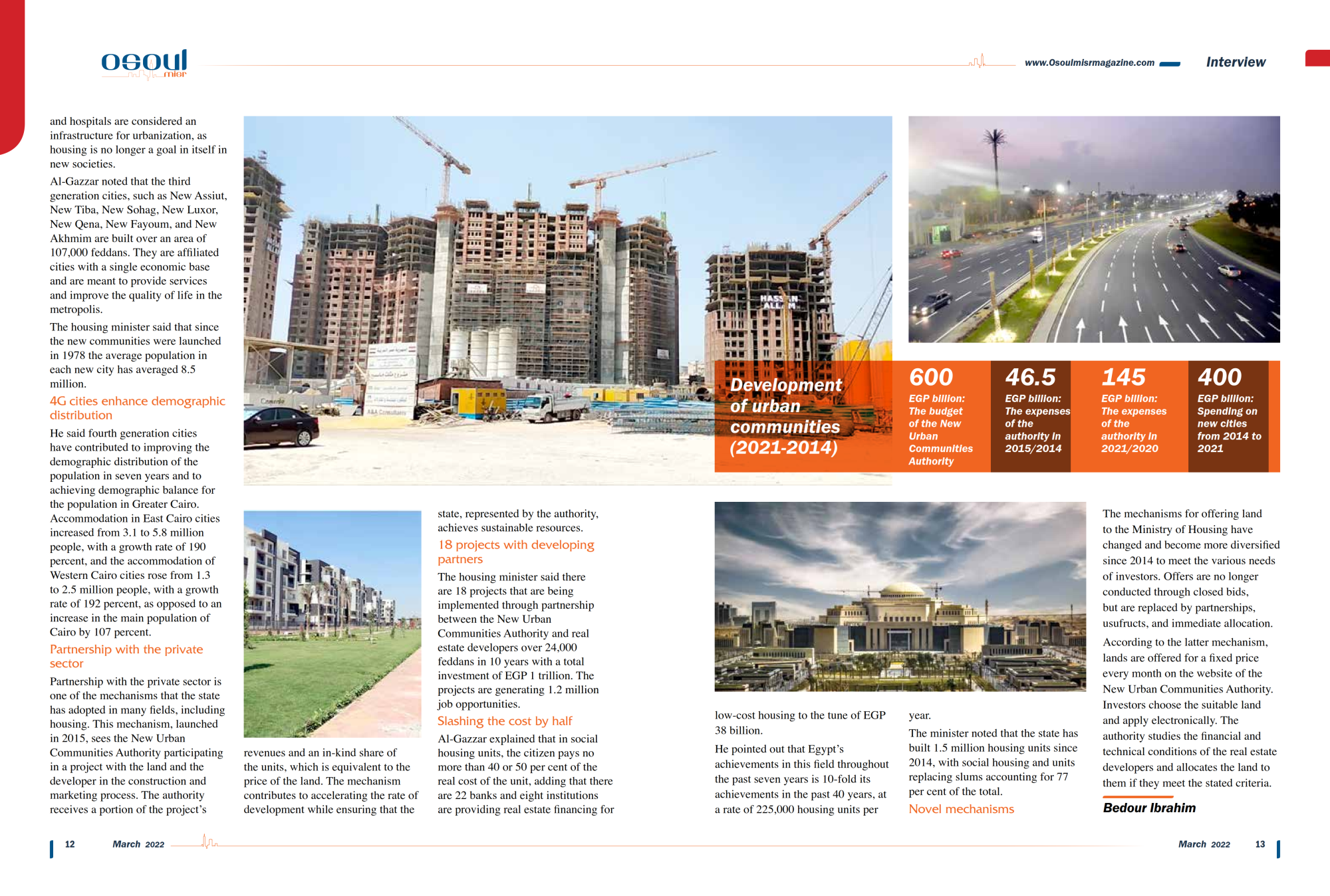





-1120252475029447.jpg)
-920252122624392.jpg)





